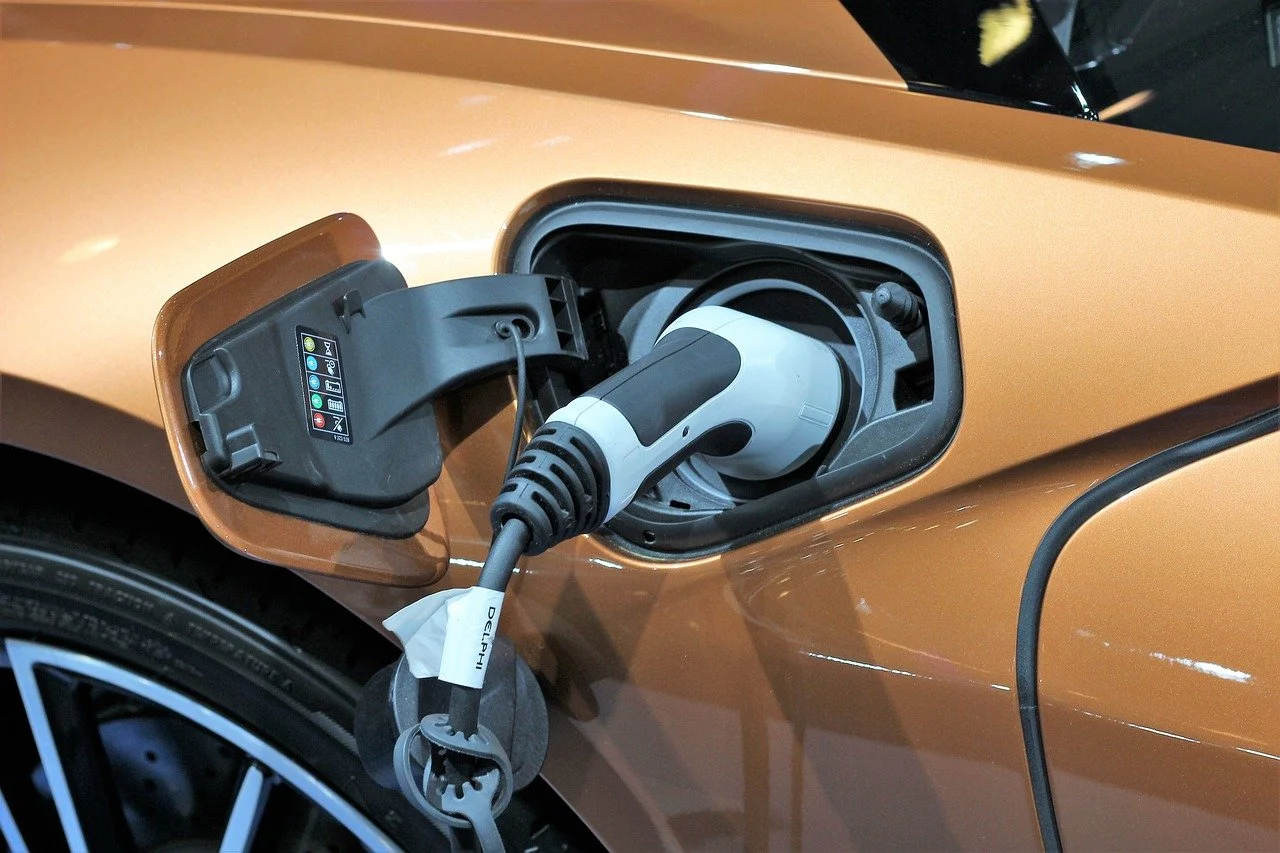Whether you’re interested in learning more about the different types of hybrid vehicles available on the market, or just curious about what hybrid technology can do for you, this guide will help you understand the various options.
Full hybrid electric vehicles are more fuel efficient than mild hybrids
If you’re looking for a fuel-efficient car, then you should consider a full hybrid. They can deliver up to 30% more fuel economy than a standard gasoline vehicle.
Unlike a mild hybrid, a full hybrid has a more powerful electric motor and larger battery capacity. This means they can operate in fuel-efficient mode more often.
Some full hybrids also have an internal combustion engine, which kicks in when the speed is higher. This helps keep the turbo lag from increasing when the car is driving in high speeds. The system is much more complicated than an ICE-only vehicle.
While full hybrids can be expensive, they do give you better fuel economy. They can be plugged in to charge the batteries, and you can drive the car on electric power for short distances when needed.
They also have a regenerative braking system, which keeps the power they are losing when they are braking. That energy is then recovered for use in the vehicle’s electric driving mode.
Series-parallel hybrids
Hybrid cars can be divided into three main categories: series, parallel and power-split. The first two are based on the same modular concepts, the latter is not.
In series hybrids, an electric motor and combustion engine are combined to drive the wheels. Power is transmitted to the wheels by means of a closed clutch, which transmits torque to the driving wheel. This system is used to maximize fuel efficiency.
Parallel hybrids are a little more complicated. They feature an electric motor that acts as a generator. Batteries are connected to the motor and transfer energy to the wheels. As a result, the overall efficiency of the powertrain is improved.
The parallel system has the ability to feed the desired amount of power at any time. However, it is more expensive and requires a larger battery pack. Nevertheless, the benefits of the system are pronounced.
The parallel system has a large number of applications and can be installed on different vehicle platforms. It is the most realistic option for a full hybrid vehicle.
Plug-in hybrid electric vehicles
Plug-in hybrid electric vehicles are a great option for commuters. They offer great gas mileage, quiet drive, and good torque. But they are limited by their battery capacity and range. Most PHEVs can travel between 20 and 40 miles on electric power alone. The range can be increased by regenerative braking.
Several new models have ranges of over 200 miles. These include the Nissan LEAF and MINI Countryman S E PHEV. Many of them can be recharged with a Level 2 charger. There are hundreds of charging stations in many cities across the United States. EVgo has over 850 locations.
These vehicles are also much more efficient than regular gas cars. Their emissions are lower, too. In addition, their total emissions are typically lower when electricity is generated from renewable energy sources.
Plug-in hybrids can be charged with an external power source, such as a wall socket or specialized fast charging stations. They can be refueled at the destination, too.
Differences between mild hybrids and all-electric vehicles
A mild hybrid is an electric vehicle that uses a smaller battery and a less powerful electric motor. This type of vehicle is cheaper to purchase than full hybrids. However, they do not offer the fuel economy benefits or range anxiety of a plug-in hybrid.
The electric motor is used only in low speed driving. At high speeds, the gasoline engine takes over. Some vehicles also have a stop-start system, which helps save fuel by turning off the engine when it is stopped.
When the gas engine is not running, the mild hybrid system can run the car’s air conditioning, stereo, and ancillary systems. It can also help with braking, starting from a stop, and accelerating from a standstill.
In addition, a mild hybrid can help to reduce emissions. These cars can be found on existing diesel and petrol models. One example is the Toyota Prius, which can operate on its own electric power or with the gas engine.




